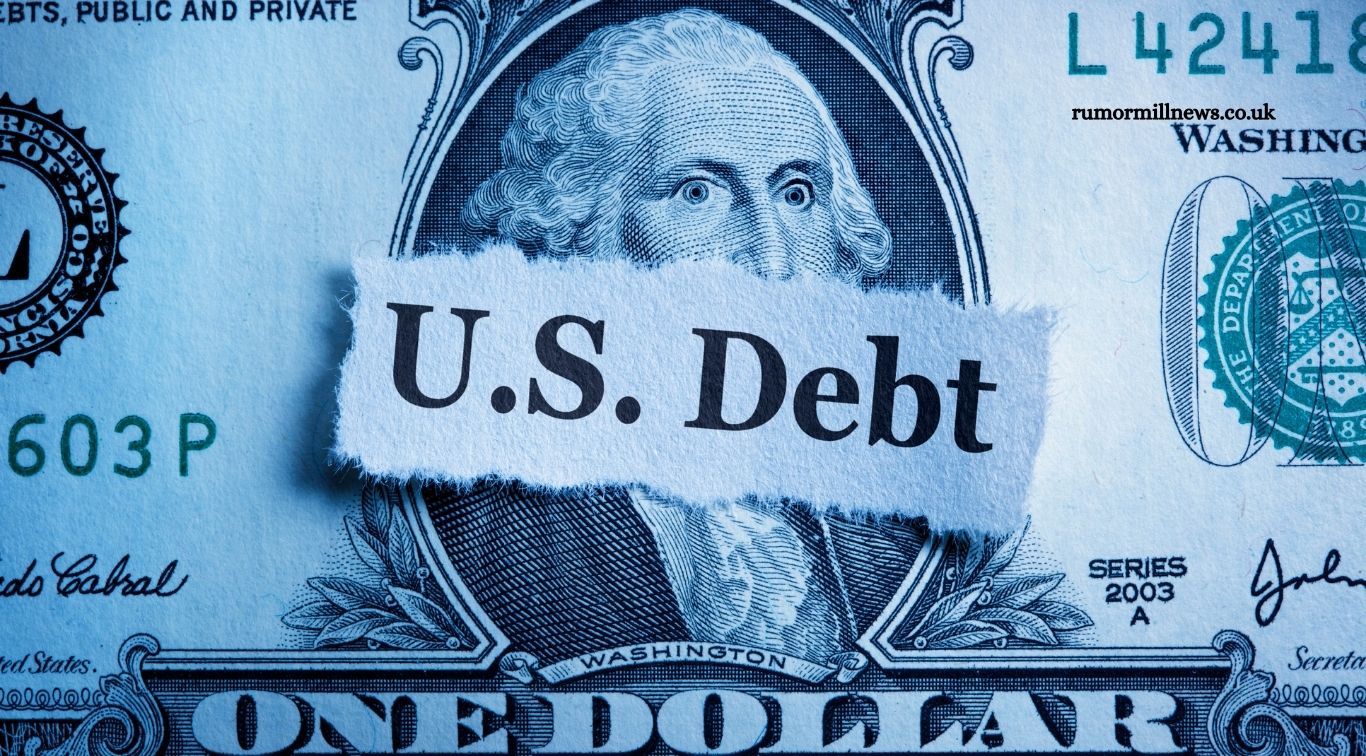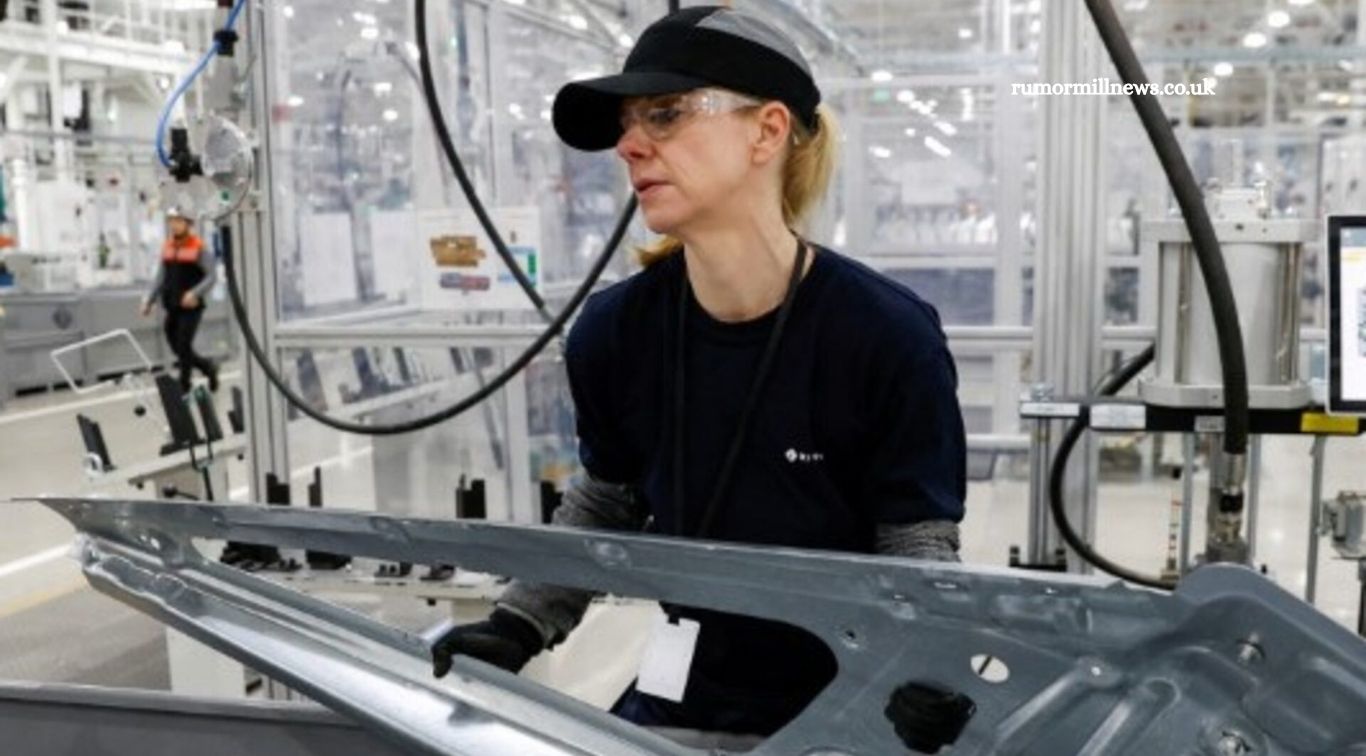The United States is spiraling deeper into unsustainable debt, driven by decades of overspending, political short-termism, and an economy built on borrowed time. As federal, student, and private debts surge to historic highs, the illusion of limitless borrowing is unraveling. While there appear to be multiple paths forward—default, inflation, or reform—only one offers a real escape. The hard truth is that without confronting the root causes of our fiscal decay, collapse is inevitable. Only One Escape from America’s Debt Spiral explores the stark choices ahead and why deep structural change is the only path to long-term stability.
The Reality of America’s Parabolic Debt
Today, the U.S. federal debt stands at over $36 trillion, a figure that has quadrupled since the 2008 financial crisis. Other indicators show similar unsustainable growth:
- Student loan debt has surged from zero to over $1.5 trillion in a generation.
- Public and private sector debt has financed everything from luxury homes to inflated university degrees.
- Medicare and Medicaid now account for one-third of the federal budget.
- These are not isolated problems—they are symptoms of a much deeper issue: systemic overconsumption without accountability.
Read More: EU’s Climate Leviathan: CO₂ Trading Scheme Set to Impact German Drivers
The Forgotten Concept: Primary Surplus
One of the least-discussed ideas in mainstream economics is the primary surplus—the amount a nation (or household or empire) earns beyond what it spends. There are only three ways to allocate that surplus:
- Consume it (spend now)
- Invest it (for future gains)
- Save it (for a rainy day)
The U.S., without much deliberation, has chosen to consume and waste it. Instead of investing in infrastructure, education, or productivity, much of the surplus has been diverted into fraud, inefficiency, monopolies, and political grift.
Debt-Fueled Fantasy: Why It Persists
Giving a system plagued with poor judgment an unlimited credit line is a recipe for disaster. Imagine handing a no-limit Platinum card to an irresponsible teenager and expecting them to “budget wisely.” That’s the U.S. government today—spending wildly while pushing repayment into a mythical future overflowing with prosperity.
Programs become politically untouchable “third rails.” Politicians promise more “free stuff” to get elected, and voters—programmed by Wetware 1.0—eat it up.
Default on the Debt
At some point, lenders may refuse to fund U.S. borrowing. A default wipes out debt, but also wipes out the wealth of creditors—primarily the elite. Since the wealthy hold most government bonds, they will resist any move that erases their income streams.
Inflate the Debt Away
This is already happening. By inflating prices, we can repay yesterday’s borrowed dollars with tomorrow’s cheaper dollars. But the inflation tax hits the middle and working class the hardest. The elite shield themselves, while the rest are left to struggle with rising costs.
Worse, rampant inflation erodes trust—in leadership, institutions, and currency itself. The social contract weakens, and the system becomes brittle.
Cut the Rot and Start Fresh
This is the most logical but least likely option: eliminate outdated programs and rebuild systems based on today’s economic reality. That means saying no to waste, cronyism, and debt-funded indulgence.
Unfortunately, moral rot is so ingrained it’s no longer recognized. Reforming a system addicted to fantasy spending is nearly impossible—until it collapses under its own weight.
Frequently Asked Questions
What is Wetware 1.0?
It refers to our outdated emotional and cognitive programming—hardwired human instincts that haven’t evolved much in thousands of years, yet still influence modern decision-making.
Why is U.S. debt a problem now?
Debt has reached unsustainable levels, and future projections show we are assuming unrealistic growth to cover it. Meanwhile, debt servicing costs alone are skyrocketing.
What is primary surplus and why does it matter?
Primary surplus is the extra income after covering expenses. If misallocated, even a surplus can lead to long-term ruin.
Can’t we just keep borrowing indefinitely?
No. Sooner or later, creditors lose confidence, interest rates spike, or inflation erodes trust—any of which can trigger a financial crisis.
Who benefits from the current debt system?
Primarily the wealthy elite, who hold the assets tied to public debt and profit from inflation-resistant investments.
How does inflation “solve” the debt problem?
It reduces the real value of what is owed, making repayment easier—but at the cost of purchasing power and social stability.
Are there historical examples of similar debt collapses?
Yes. Ancient Rome, Weimar Germany, and more recently, Argentina, all show how empires collapse under the weight of debt and currency devaluation.
What can individuals do to prepare?
Reduce personal debt, invest in hard assets, diversify income streams, and stay informed. Waiting for a government solution may be futile.
Conclusion
America is facing a crossroads—one paved with denial, wishful thinking, and dangerous assumptions. Our outdated mental programming, Wetware 1.0, craves comfort and avoids pain. But the cost of ignoring economic reality is growing too large to ignore.
The debt will not vanish on its own. It will be dealt with—through inflation, default, or deep reform. Only one path is sustainable: cutting up the unlimited credit card and rediscovering fiscal discipline. That means prioritizing long-term investments, demanding accountability, and acknowledging that empires built on borrowed dreams eventually wake up—broke.




